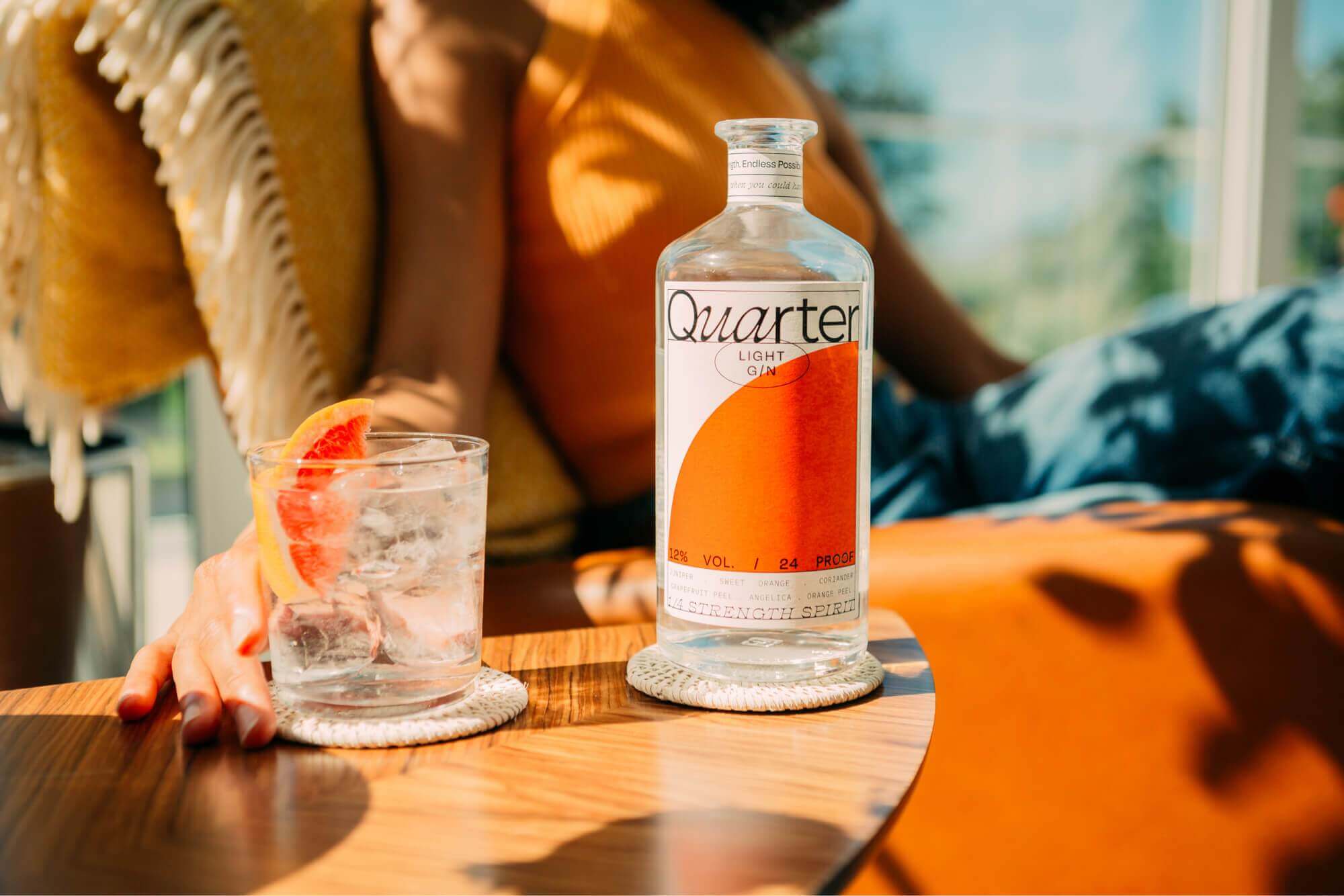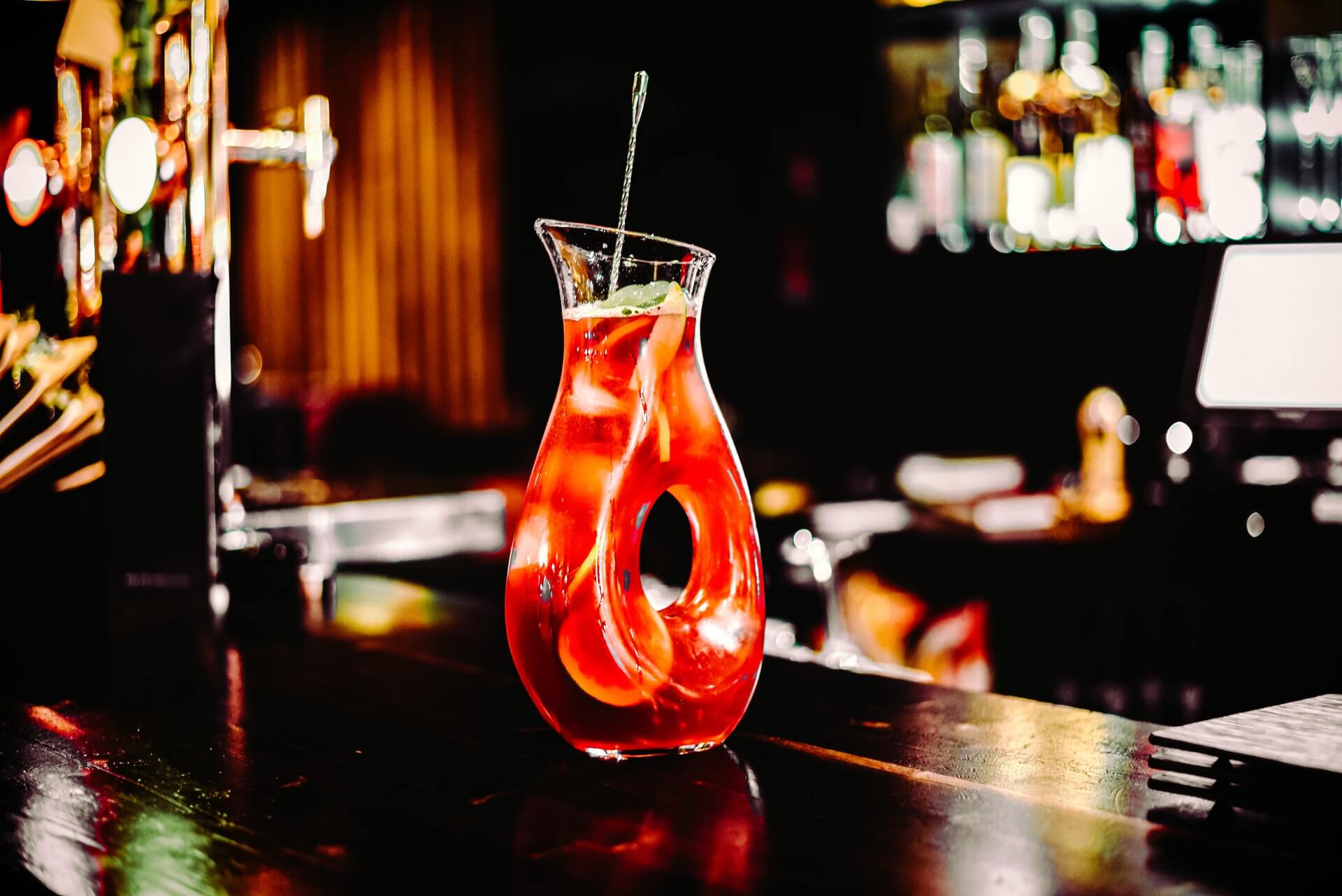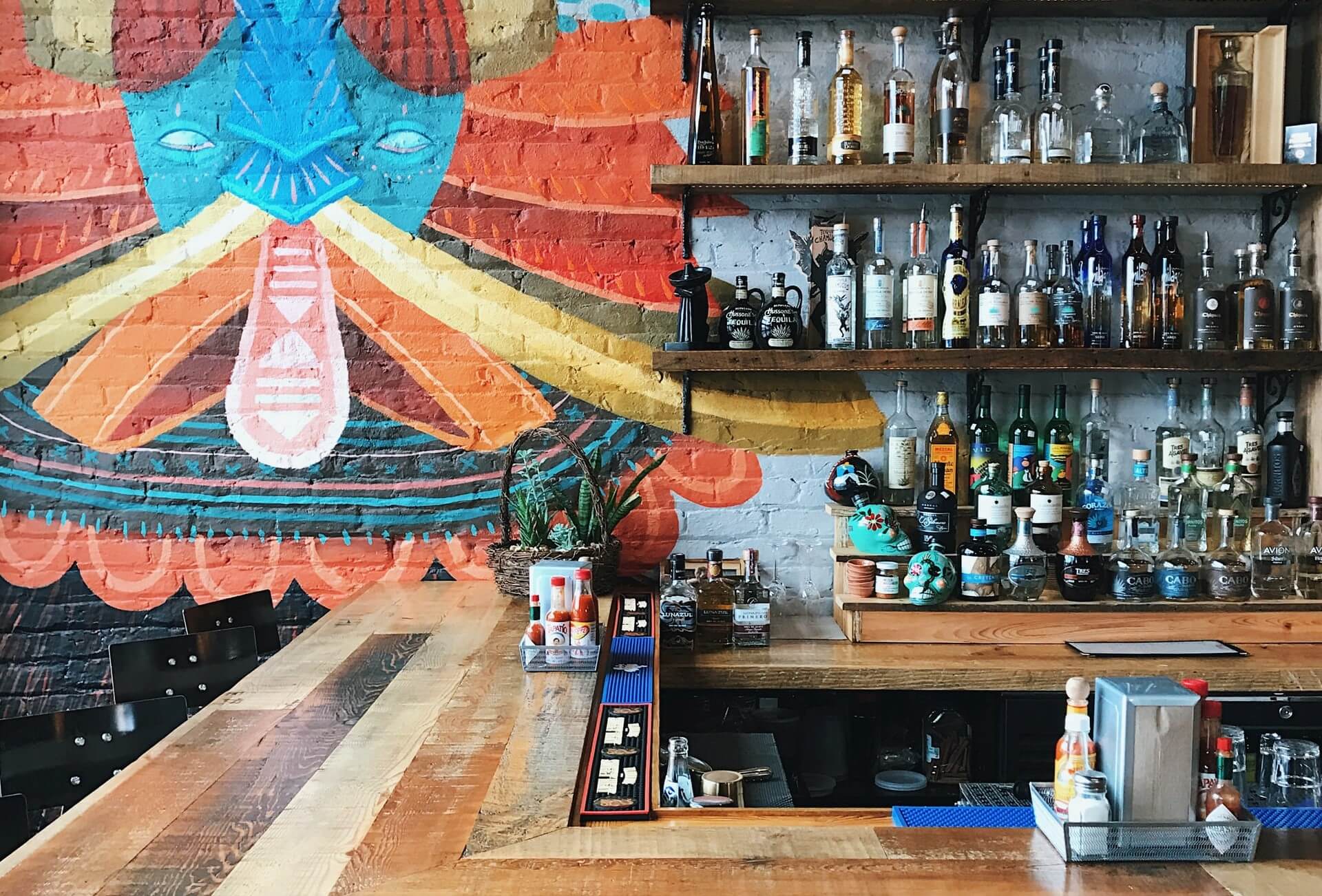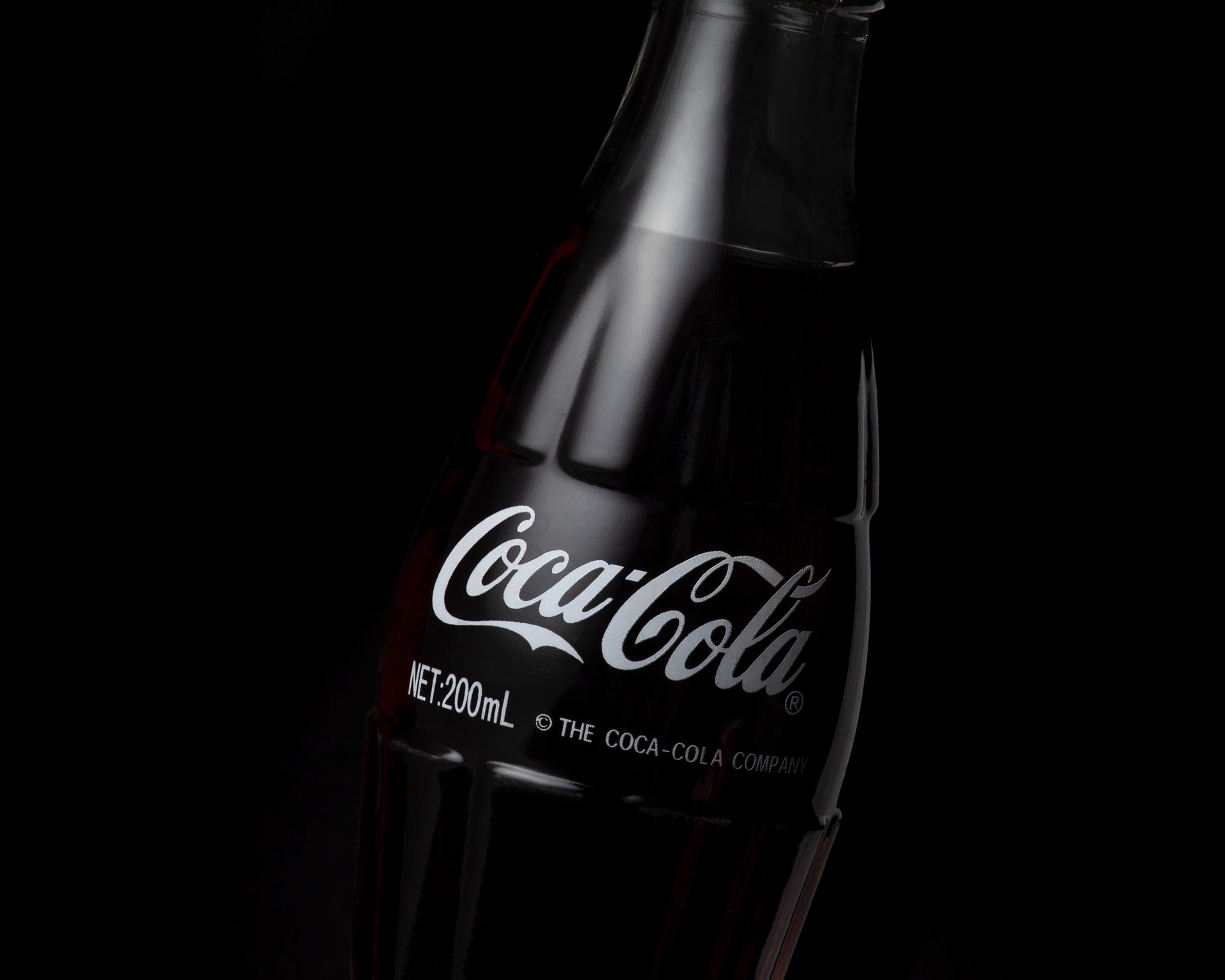5 Books to Read this Month: January ’22
by David Klemt

This month’s fun and informative book selections will help you develop next-level culinary, beverage and leadership skills as we kick off 2022.
To review December 2021’s book recommendations, click here.
Let’s jump in!
Try Dry: The Official Guide to a Month Off Booze
For those who want to learn more about Dry January, Try Dry is an insightful resource. Of course, this book is also informative beyond the first month of the year. As living alcohol-free movement becomes more mainstream, it’s important for operators to understand the movement. Whether permanent or temporary, there are myriad reasons some guests decide against drinking alcohol.
Of Peats and Putts: A Whisky and Golf Tour of Scotland
During the pandemic, interest in golf skyrocketed. In part, this has led to increased interest in golf simulators, driving ranges, and nine-hole rounds of golf rather than full, 18-hole outings. Of Peats and Putts tells the story of golf and whisky in Scotland. A compelling read for operators looking to bring golf into their businesses.
The Way of the Cocktail: Japanese Traditions, Techniques, and Recipes
Not even two months on the market and already causing quite the buzz! The Way of the Cocktail comes from Julia Momosé, one of the minds behind Chicago cocktail destination Kumiko. From classics to new riffs, the recipes in this book are based on 24 micro-seasons.
Bourbon [Boxed Book & Ephemera Set]: The Story of Kentucky Whiskey
Clay Risen is considered an authority on spirits. In particular, he’s lauded as an expert on whiskey. Bourbon lovers will appreciate the Bourbon: The Story of Kentucky Whiskey box set for what it is: a definitive history of America’s native spirit. Along with profiles of Kentucky distillers, Risen has included interviews and photographs to tell the story of bourbon.
Amaro: The Spirited World of Bittersweet, Herbal Liqueurs, with Cocktails, Recipes, and Formulas
There are many reasons to love amaro. Bitter and bittersweet notes, complex flavor profiles, and their utility when it comes to crafting low-ABV cocktails are among those reasons. Amaro by Brad Thomas Parsons explores the rich history of amaro and includes over 100 recipes.






